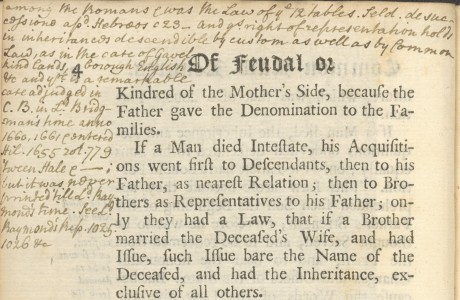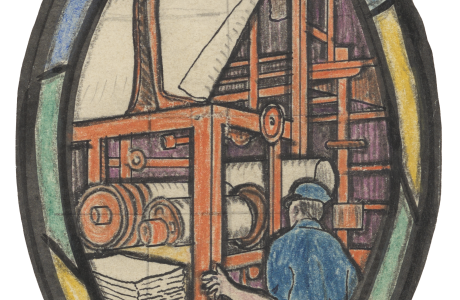Comics and the First Amendment
From the exhibit, “Superheroes in Court! Lawyers, Law and Comic Books”, curated by Mark S. Zaid, Esq., and on display Sept. 4-Dec, 16, 2010 in the Rare Book Exhibition Gallery, Level L2, Lillian Goldman Law Library, Yale Law School.
Led by a growing hysteria of anti-comic crusades during the 1940s and 1950s that alleged comic books, particularly those depicting crime and horror, caused juvenile delinquency, and a rash of laws throughout the country such certain comics, the United States Senate began its own investigation. Advocates lined up on both sides to battle, and ultimately the industry, which suffered near collapse, agreed to police its own to stave off government regulation.

U.S. Senate, Committee on the Judiciary, Comic Books and Juvenile Delinquency (1955). Personal collection of Mark S. Zaid, Esq.

American Civil Liberties Union, Censorship of Comic Books (1955). Personal collection of Mark S. Zaid, Esq.
In response to an increasing outcry for censorship of comic books, the industry created the Comics Code Authority to ensure conformance with self-adopted standards. The Code prohibited comics from promoting “distrust of the forces of law and justice” and, among other things, required “in every instance good shall triumph over evil and the criminal punished for his misdeeds.” Distributors refused to disseminate comics lacking the official seal of approval and hundreds of titles ceased to exist. By the publication of this 20th anniversary booklet in 1974, the Code’s influence had waned significantly, although it remains in effect today.

Americana in Four Colors: Twenty Years of Self-Regulation by the Comics Magazine Industry (New York: Comics Magazine Association of America, 1974). Personal collection of Mark S. Zaid, Esq.
When Mad Magazine entered the scene in October 1952 it did not take long for the comic to gain a loyal and large readership. Many enjoyed its parodies of well-known characters in other comic books. It was published by Educational Comics (EC), acompany both applauded and derided for its impact on the comic book community. Led by Bill Gaines, EC epitomized the morality battle over whether comics were destroying the youth of America and its titles, which focused on horror, crime and science fiction, were directly linked to the formation of the Comics Code Authority. Because the Code banned the use of “horror”, “terror” and “crime” from titles, EC was faced with ceasing publication altogether or ceding to the authority of the Code, neither of which Gaines was willing to do. So that Mad could continue its satire, including of the Code, Gaines modified it from a comic book to magazine format so as to fall outside of the organization’s de facto censorship authority. Mad no. 24 (July 1955) was the first of the new format. The magazine has existed ever since and is now owned by DC Comics.

Mad Magazine no. 24 (July 1955). Personal collection of Mark S. Zaid, Esq.


